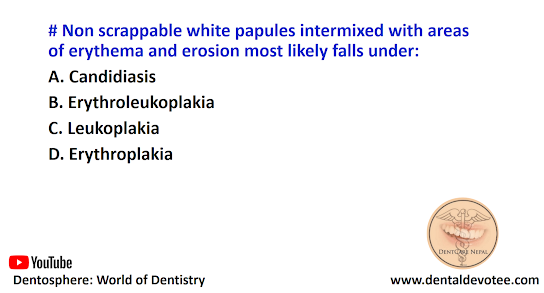# Commonest site for venous ulcer is:
A. Instep of foot
B. Lower 1/3rd leg and ankle
C. Lower 2/3rd of leg
D. Middle 1/3rd of leg
The correct answer is B. Lower 1/3rd leg and ankle.
Venous ulcer is the commonest ulcer of the leg. The basic cause of venous ulcer is abnormal venous hypertension in the lower-third of the leg, ankle and dorsum of the foot. This ulcer may be associated with demonstrable varicose veins or may follow thrombosis and phlebitis in the deep and perforating veins.







